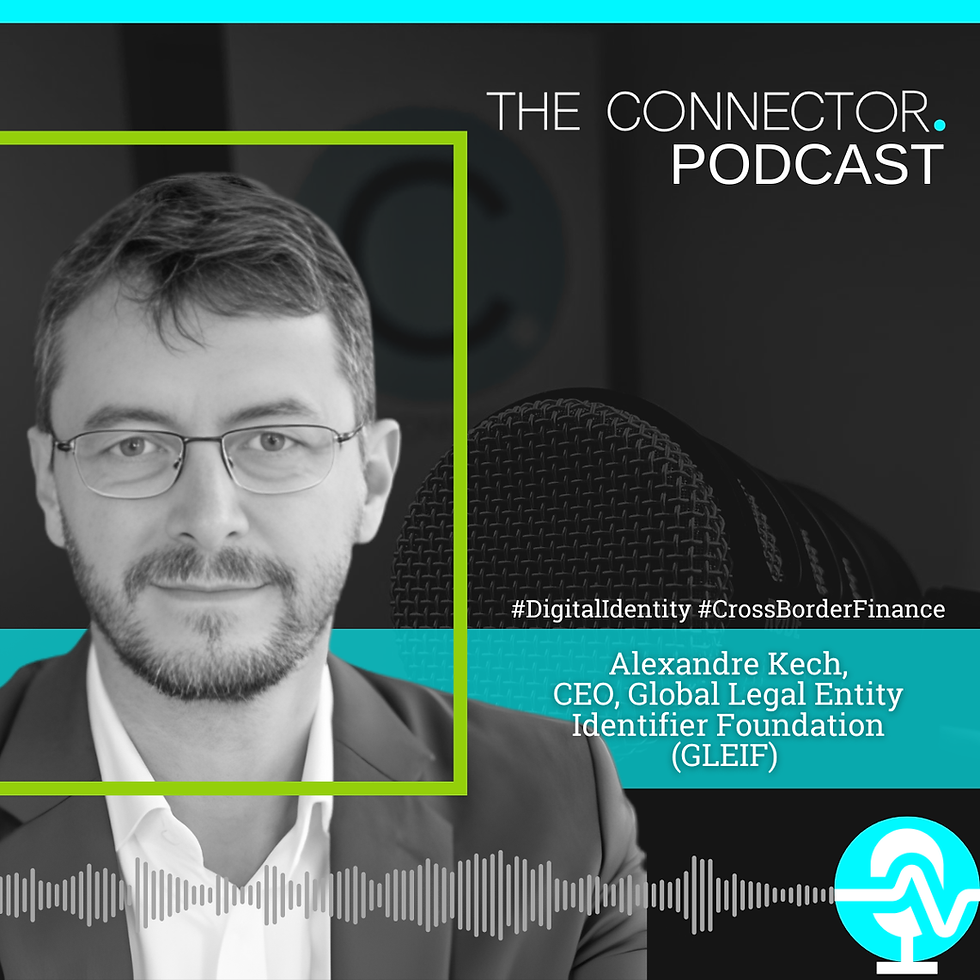The Connector. podcast - InBank
- rozemarijndeneve
- Aug 1
- 2 min read

In a recent episode of the Connector Podcast, we spoke with Priit Põldoja, founder and CEO of Inbank. Their journey from a startup in Estonia to a bank operating across Europe offers useful insights into how financial services are evolving. Founded after the 2008 financial crisis, Inbank saw an opportunity in the Baltic consumer finance market, where many traditional banks had reduced investment in technology and product development. Their focus on automating credit decisions and digital processes at the point of sale became a key advantage.
A significant move came in 2015 when Inbank obtained a European banking license. Rather than trying to compete directly with established banks, the goal was to secure retail deposits to fund their lending activities. This shows how modern financial firms can use regulatory frameworks strategically while keeping technology at the core of their business. The license has allowed Inbank to offer services in several countries, including Lithuania, Poland, the Czech Republic, and, through the Raisin platform, in Germany, the Netherlands, and Austria.
Inbank’s expansion across borders also highlights a practical challenge: despite efforts toward a unified European financial market, local differences remain important. While their lending products stay largely consistent, each country requires adaptations to meet different rules around identification, KYC/AML, credit reporting, and data use. As Priit notes, “It’s not scaling as seamlessly as you would like because in each country you need to do some kind of localization… It’s not the single market as it is on paper.” This underlines the continuing fragmentation in European banking despite regulatory initiatives.
What sets Inbank apart is their approach to embedded finance. Rather than just offering loans, they develop financial products tailored to specific purchase experiences. Examples include programs for renting Apple devices and financing solar panels. These products target medium-value purchases (€1,000-25,000), where speed and convenience matter most, filling gaps left by traditional banks.
On the technology side, Inbank has been using machine learning in their credit decisioning for several years. Their models automatically analyze data and generate credit decisions, with human oversight to review results and adjust algorithms. This approach puts them close to fully automated AI but stops short of machines independently improving without human input. It reflects a cautious but practical approach to technology adoption, focusing on usable solutions rather than chasing trends.
Finally, Inbank describes itself as “a fintech with a banking license.” This hybrid identity helps them work well with both traditional banks and fintech companies. They partner where other institutions offer distribution or products, and vice versa. With more than 6,000 partners, Inbank shows how collaboration can be a successful strategy in today’s financial industry.
You can listen to the full episode with Priit Põldoja on the Connector Podcast here.



